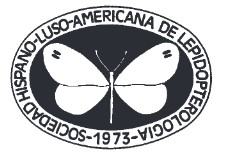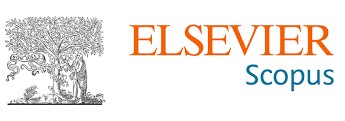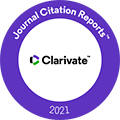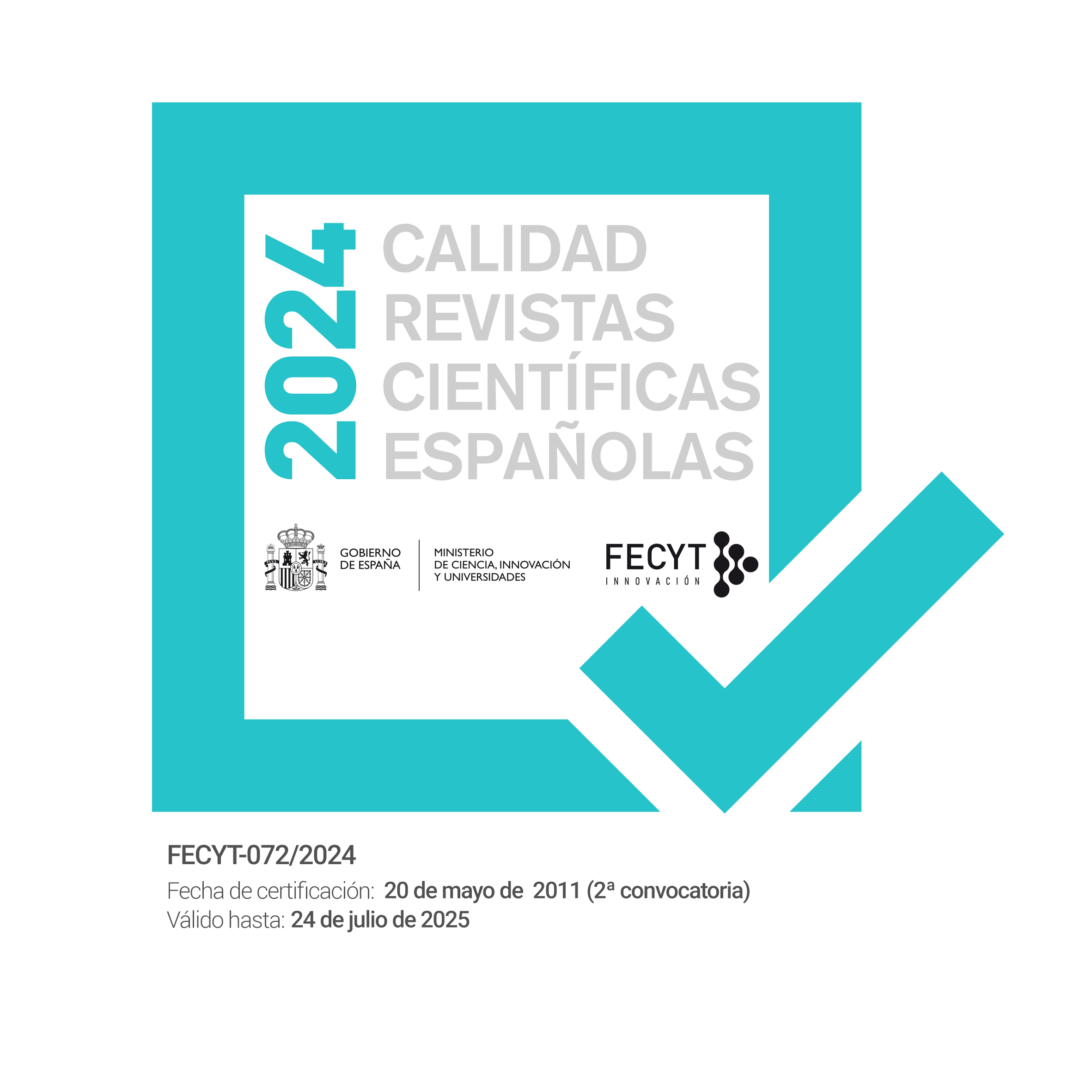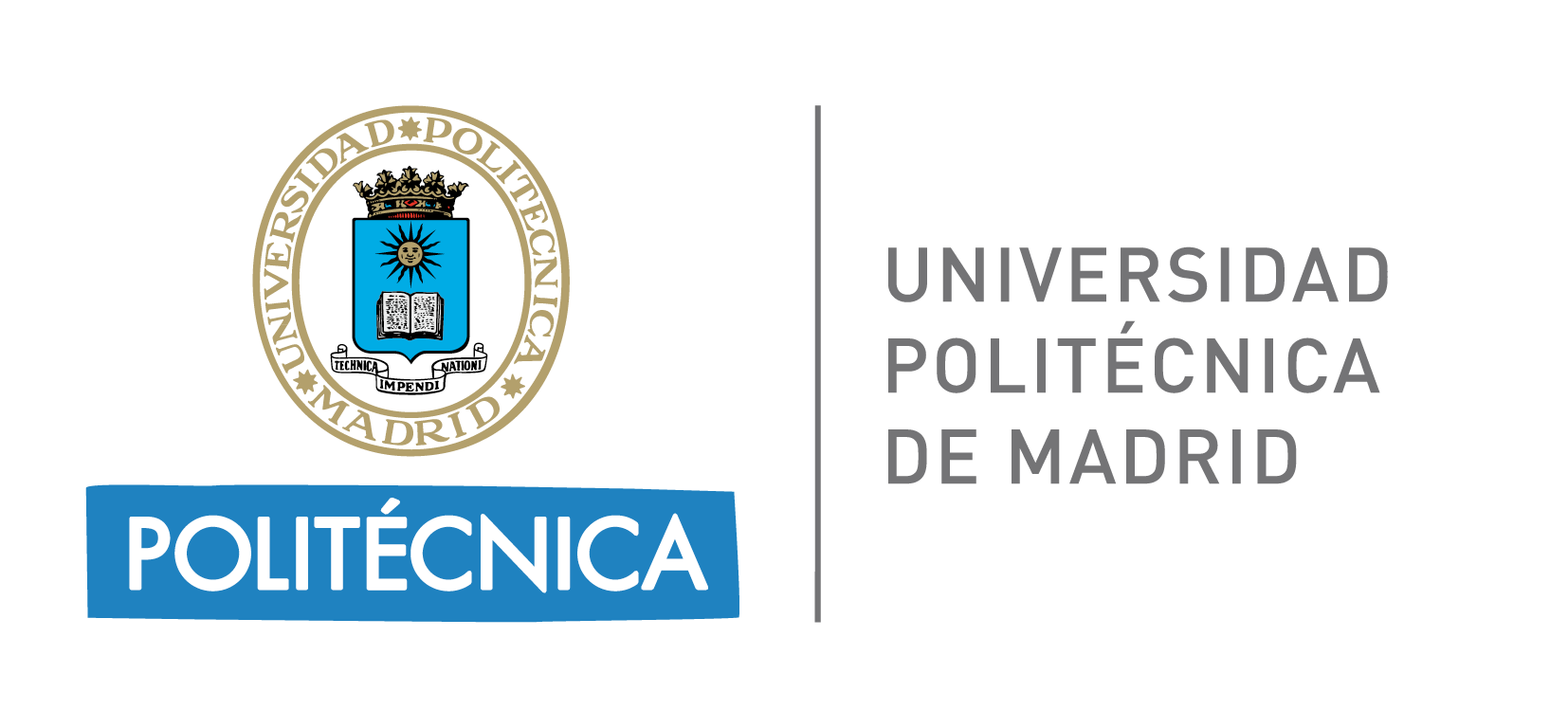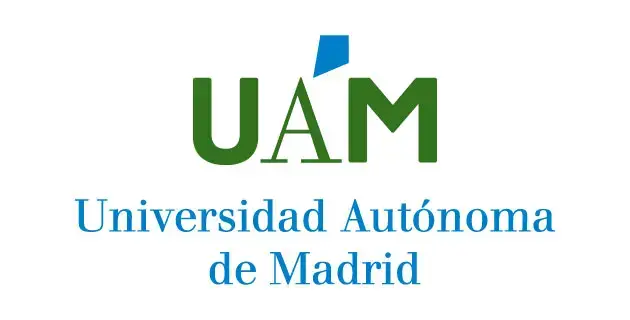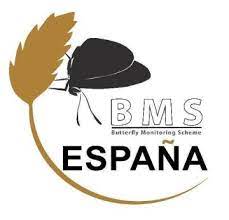Cambiando la cría interna de roble de la semidoméstica Antheraea proylei Jolly, 1970 da buenos resultados en relación con todos los parámetros de su ciclo vital (Lepidoptera: Saturniidae)
DOI:
https://doi.org/10.57065/shilap.287Palabras clave:
Lepidoptera, Saturniidae, Antheraea proylei, ciclo de vida, condición de cría, Quercus serrata, PCA, IndiaResumen
El ánimo del presente estudio es evaluar la influencia del control de las condiciones de temperatura y humedad sobre la cría y los parámetros económicos de Antheraea proylei Jolly, 1970. Los experimentos fueron realizados en la Estación de Investigación Regional de Tasar, Bhimtal (29º21’18”N 79º33’3”E) durante la temporada de primavera de los tres años 2015-16, 2016-17 y 2017-18. En el caso del control/las condiciones internas, de la temperatura y la humedad, fueron mantenidas en 25 ± 2ºC and 70-75% respectivamente, con un fotoperíodo de 12:12 horas (L:D), mientras se criaba al aire libre, estaba totalmente bajo las condiciones naturales. Fue descubierto que la fecundidad de una sola hembra fue de174.80 ± 7.22 bajo las condiciones controladas, mientras que fue de 148.33 ± 9.05 bajo las condiciones naturales. Las larvas mostraron significativamente un mejor crecimiento y desarrollo, comparando las condiciones al aire libre/naturales bajo las condiciones controladas, que resultaba en los rasgos económicos mejorados. El peso de la larva indicaba una segura e importante correlación con la mayoría de los parámetros económicos, excepto en la total duración larval, la duración del pedúnculo y el índice de conversión de seda. Los ratios de contribución del primero de los dos componentes principales eran del 65.45% y18.22%. El estudio indica que la cría de Antheraea proylei en las condiciones internas/controladas, da los mejores resultados y reduce el coste de la producción de capullo.
Descargas
Estadísticas globales ℹ️
|
332
Visualizaciones
|
240
Descargas
|
|
572
Total
|
|
Citas
AKSIT, T., CAKMAK, I. & OZER, G., 2007.– Effect of temperature and photoperiod on development and fecundity of an acarophagous ladybird beetle, Stethorus gilvifrons.– Phytoparasitica, 35(4): 357-366. DOI: https://doi.org/10.1007/BF02980698
BABU, K. R., RAMAKRISHNA, S., REDDY, Y. H. K., LAKSHMI, G., NAIDU, N. V., BASHA, S. S. & BHASKAR, M., 2009.– Metabolic alterations and molecular mechanism in silkworm larvae during viral infection: A review.– African Journal of Biotechnology, 8(6): 899-907.
BALE, J. S., 2002.– Insects and low temperatures: From molecular biology to distributions and abundance.– Philosophical Transactions of the Royal Society of London. Series B: Biological Sciences, 357(1423): 849-862. DOI: https://doi.org/10.1098/rstb.2002.1074
BARGALI, K., JOSHI, B. & BARGALI, S., 2014.– Diversity within Oaks.– International Oaks, 25: 57-70.
BAROTT, H. G., 1937.– Effect of temperature, humidity, and other factors on hatch of hens’ eggs and on energy metabolism of chick embryos.– United States Department of Agriculture Washington, D. C. Technical Bulletin, 553: 1-46.
DANKS, H. V., 2000.– Measuring and reporting life-cycle duration in insects and arachnids.– European Journal of Entomology, 97(3): 285-303. https://doi.org/10.14411/eje.2000.046. DOI: https://doi.org/10.14411/eje.2000.046
DAVID, W. A. L., 1975.– The status of viruses pathogenic for insects and mites.– Annual Review of Entomology, 20(1): 97-117. DOI: https://doi.org/10.1146/annurev.en.20.010175.000525
GOEL, D. R. K. & KRISHNA RAO, J. V. K., 2004.– Oak Tasar Culture: Aboriginal of Himalayas: 247 pp. APH Publishing, New Delhi.
HONEK, A., JAROSIK, V. & MARTINKOVA, Z., 2003.– Effect of temperature on development and reproduction in Gastrophysa viridula (Coleoptera: Chrysomelidae).– European Journal of Entomology, 100(2): 295-300. DOI: https://doi.org/10.14411/eje.2003.046
HUGAR, P. & RAO, K J., 2012.– Effect of Temperature and Humidity Combinations on Incubation and Hatching of the Rice Moth, Corcyra cephalonica (Stainton) Egg (Lepidoptera: Galleriidae).– Karnataca Journal of Agricultura Sciences, 3(3-4): 195-199, http://14.139.155.167/test5/index.php/kjas/article/view/6318.
HUSSAIN, M., AHMAD KHAN, S., NAEEM, M. & NASIR, M., 2011.– Effect of Rearing Temperature and Humidity on Fecundity and Fertility of Silkworm, Bombyx mori L. (Lepidoptera: Bombycidae).– Pakistan Journal of Zoology, 43: 979-985.
KAKATI, L. N. & KAKATI, B. T., 2011.– Seasonality of nutrient contents of different leaf types of two primary host plants of Antheraea assamensis Helfer.– The Ecoscan, 1: 262-265.
KOI, S. & DANIELS, J., 2017.– Life History Variations and Seasonal Polyphenism in Eumaeus atala (Lepidoptera: Lycaenidae).– Florida Entomologist, 100(2): 219-229. https://doi.org/10.1653/024.100.0216. DOI: https://doi.org/10.1653/024.100.0216
LIU, Y. H. & TSAI, J. H., 2000.– Effects of temperature on biology and life table parameters of the Asian citrus psyllid, Diaphorina citri Kuwayama (Homoptera: Psyllidae).– Annals of Applied Biology, 137(3): 201-206. https://doi.org/10.1111/j.1744-7348.2000.tb00060.x. DOI: https://doi.org/10.1111/j.1744-7348.2000.tb00060.x
MA, L., WANG, X., LIU, Y., SU, M.-Z. & HUANG, G.-H., 2017.– Temperature effects on development and fecundity of Brachmia macroscopa (Lepidoptera: Gelechiidae).– PLOS ONE, 12(3): e0173065. https://doi.org/10.1371/journal.pone.0173065. DOI: https://doi.org/10.1371/journal.pone.0173065
MAHESHA, H. B., FARSHID, G. K. & THEJASWINI, P. H., 2013.– Analysis of correlation between commercial characters of silkworm Bombyx mori L.– IJBPAS, 2(5): 1071-1082.
NAKAGE, E. S., CARDOZO, J. P., PEREIRA, G. T., QUEIROZ, S. A. & BOLELI, I. C., 2003.– Effect of temperature on incubation period, embryonic mortality, hatch rate, egg water loss and partridge chick weight (Rhynchotus rufescens).– Brazilian Journal of Poultry Science, 5(2): 131-135. https://doi.org/10.1590/S1516-635X2003000200007.
NAVA, D. E., TORRES, M. L. G., RODRIGUES, M. D. L., BENTO, J. M. S. & PARRA, J. R. P., 2007.– Biology of Diaphorina citri (Hem., Psyllidae) on different hosts and at different temperatures.– Journal of Applied Entomology, 131(9-10): 709-715. https://doi.org/10.1111/j.1439-0418.2007.01230.x. DOI: https://doi.org/10.1111/j.1439-0418.2007.01230.x
PANDEY, A. & TAMTA, S., 2012.– Oaks of Central Himalaya: A source of Tasar Silk: 149-152.– In G. C. S. NEGI and P. P. DHYANI Eds. Glimpses of Forestry Research in the Indian Himalayan Region: VI + 179 pp. Bishan Singh Mahendra Pal Singh, Dehradun.
PAYNE, C. C. & MERTENS, P. P., 1983.– Cytoplasmic polyhedrosis viruses; 425-504.– In W. K. JOKLIK. The Reoviridae: XV + 571 pp. Springer Science+Business Media. New York. DOI: https://doi.org/10.1007/978-1-4899-0580-2_9
PERVEZ, A., 2002.– Influence of temperature on age-specific fecundity of the ladybeetle Micraspis discolor (Fabricius).– International Journal of Tropical Insect Science, 22(1): 61-65. DOI: https://doi.org/10.1017/S174275840001506X
PIESIK, D., 2006.– Effects of temperature and photoperiod on the development and survival of the Dock leaf beetle (Gastroidea viridula Deg.).– Electronic Journal of Polish Agricultural Universities. Series Biology, 9(2): http://www.ejpau.media.pl/volume9/issue2/art-27.html.
RAUTELA, P. & KARKI, B., 2015.– Impact of Climate Change on Life and Livelihood of Indigenous People of Higher Himalaya in Uttarakhand, India.– American Journal of Environmental Protection, 3: 112-124. https://doi.org/10.12691/env-3-4-2. DOI: https://doi.org/10.9734/JGEESI/2015/19016
REDDY, R. M., 2010.– Conservation Need of Tropical Tasar Silk Insect, Antheraea mylitta Drury (Lepidoptera: Saturniidae)-Strategics and Impact.– Journal of Entomology, 7(3): 152-159. DOI: https://doi.org/10.3923/je.2010.152.159
RODRIGUES, D. & MOREIRA, G. R. P., 2004.– Seasonal variation in larval host plants and consequences for Heliconius erato (Lepidoptera: Nymphalidae) adult body size.– Austral Ecology, 29(4): 437-445. https://doi.org/10.1111/j.1442-9993.2004.01381.x. DOI: https://doi.org/10.1111/j.1442-9993.2004.01381.x
SAIKIA, P., CHOUDHURY, S., BRAHMA, D., SOUGRAKPAM, N. & DUTTA, K., 2011.– Rearing performance of a population of wild tasar silkmoth, Antheraea frithi M (Lepidoptera: Saturniidae) under in situ outdoor and captive condition.– The Ecoscan, 1: 275-279.
SHARMA, P. & DOBRIYAL, P., 2014.– Climate Change and Agricultural Sector in Uttarakhand.– Journal of Studies in Dynamics and Change, 1(1): 6-14.
TAZIMA, Y., 1978.– The silkworm: An important laboratory tool. X + 307 pp. Kodansha Ltd. Tokyo.
VAN LENTEREN, J. C. & NOLDUS, L. P. J. J., 1990.– Whitefliy-plant relationship behavioural and ecological aspects: 47-89.– In D. GERLING (ed.). Whitefly: their bionomics, pest status and management: XVI + 348 pp. Intercept. Andover.
YOKOYAMA, T., 1963.– Sericulture.– Annual Review of Entomology, 8(1): 287-306. DOI: https://doi.org/10.1146/annurev.en.08.010163.001443
ZHANG, W., CHANG, X.-Q., HOFFMANN, ARYA., ZHANG, S. & MA, C.-S., 2015.– Impact of hot events at different developmental stages of a moth: The closer to adult stage, the less reproductive output.– Scientific Reports, 5: https://doi.org/10.1038/srep10436. DOI: https://doi.org/10.1038/srep10436
ZHANG, Y., 2018.– Determination of Optimal Temperature for Production of Quality Eri Silkworm Cocoon and Seed.– Agricultural Research & Technology: Open Access Journal, 17(3): https://doi.org/10.19080/ARTOAJ.2018.17.556023. DOI: https://doi.org/10.19080/ARTOAJ.2018.17.556023
Publicado
Cómo citar
Número
Sección
Licencia
Derechos de autor 2021 D. K. Mansotra, P. C. Joshi

Esta obra está bajo una licencia internacional Creative Commons Atribución 4.0.
El autor retiene sus derechos de marca y patente sobre cualquier proceso o procedimiento dentro del artículo.
El autor retiene el derecho de compartir, distribuir, ejecutar y comunicar públicamente el artículo publicado en SHILAP Revista de lepidopterología, con reconocimiento inicial de su publicación en SHILAP Revista de lepidopterología.
El autor retiene el derecho para hacer una posterior publicación de su trabajo, de utilizar el artículo a publicarlo en un libro, siempre que indique su publicación inicial en SHILAP Revista de lepidopterología.
Cada envío a SHILAP Revista de lepidopterología debe ir acompañado de una aceptación de los derechos de autor y del reconocimiento de autoría. Al aceptarlos, los autores conservan los derechos de autor de su trabajo y aceptan que el artículo, si es aceptado para su publicación por SHILAP Revista de lepidopterología, tendrá una licencia de uso y distribución “Reconocimiento 4.0 Internacional de Creative Commons” (CC BY 4.0), que permite a terceros compartir y adaptar el contenido para cualquier propósito dando el crédito apropiado al trabajo original.
Puede consultar desde aquí la versión informativa y el texto legal de la licencia. La indicación de la licencia CC BY 4.0 debe indicarse expresamente de esta manera cuando sea necesario.
A partir de 2022, el contenido de la versión impresa y digital se encuentra bajo una licencia de uso y distribución “Reconocimiento 4.0 Internacional de Creative Commons” (CC BY 4.0), que permite a terceros compartir y adaptar el contenido para cualquier propósito dando el crédito apropiado al trabajo original.
El contenido anterior de la revista se publicó bajo una licencia tradicional de derechos de autor; sin embargo, el archivo está disponible para acceso gratuito.
Al usar el contenido de SHILAP Revista de lepidopterología publicado antes del año 2022, incluidas figuras, tablas o cualquier otro material en formato impreso o electrónico pertenecen a los autores de los artículos, los autores deben obtener el permiso del titular de los derechos de autor. Las responsabilidades legales, financieras y penales a este respecto pertenecen al autor(es).
En aplicación del Principio de Prioridad del Código Internacional de Nomenclatura Zoologica, no se autoriza el depósito en repositorios, páginas web personales o similares de cualquier otra versión distinta a la publicada por el editor.





